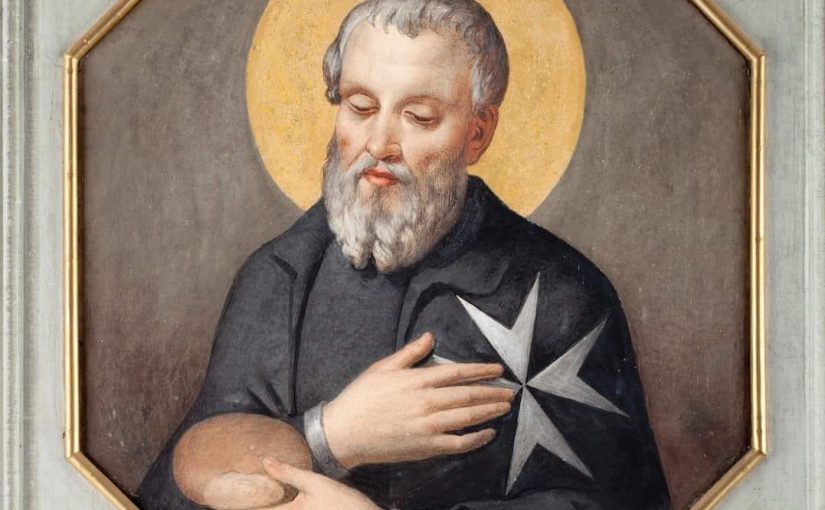The Martyrdom of St. Stephen the Archdeacon
This day marks the martyrdom of St. Stephen, the Archdeacon and the first martyr (protomartyr). St. Luke testified about him in the Acts of the Apostles saying, “Stephen, full of faith and power, did great wonders and signs among the people” (Acts 6:8). The Jews envied him and seized him and brought him to the Council. They also set up false witnesses who said, “This man does not cease to speak blasphemous words against this holy place and the law; for we have heard him say that this Jesus of Nazareth will destroy this place and change the customs which Moses delivered to us” (Acts 6:12-13). And all who sat in the Council, looking steadfastly at him, saw his face as the face of an angel (Acts 6:13).
Then the high priest said, “Are these things so?” St. Stephen answered with convincing words and told them the history from Abraham to Moses. The coming out of Abraham from Haran, the birth and the circumcision of Isaac, Jacob and his sons and their selling of Joseph, and how Joseph revealed himself to his brothers. St. Stephen continued to narrate to them all the events until the building of the temple. He concluded by saying, “You stiff-necked and uncircumcised in heart and ears! You always resist the Holy Spirit; as your fathers did, so do you. Which of the prophets did your fathers not persecute? And they killed those who foretold the coming of the Just One, of Whom you now have become the betrayers and murderers; who have received the law by the direction of angels and have not kept it” (Acts 7:51-53).
When they heard these things they were cut to their hearts, and they gnashed at him with their teeth. But he, being full of the Holy Spirit, gazed into heaven and saw the glory of God and Jesus standing at the right hand of God, and said, “Look! I see the heavens opened and the Son of Man standing at the right hand of God!”
Then they cried out with a loud voice, stopped their ears, and ran toward him with one accord; and they cast him out of the city and stoned him.
They stoned Stephen as he was calling on God and saying, “Lord Jesus receive my Spirit.” Then he knelt down and cried out with a loud voice, “Lord, do not charge them with this sin.” And when he said this, he fell asleep (Acts 7:51-60). Devout men carried St. Stephen to his burial and made great lamentation over him.
May his prayers be with us. Amen.
(Coptic Synaxarion)
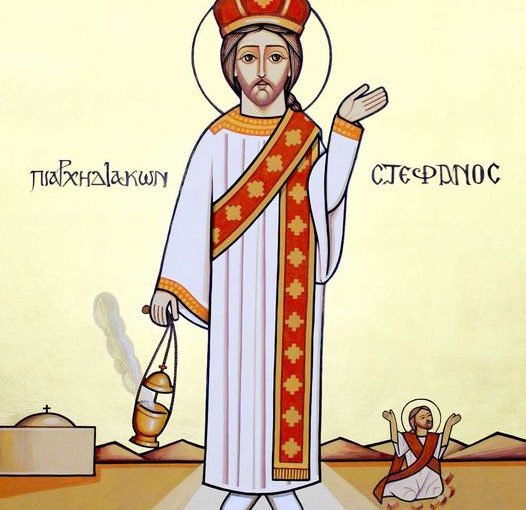
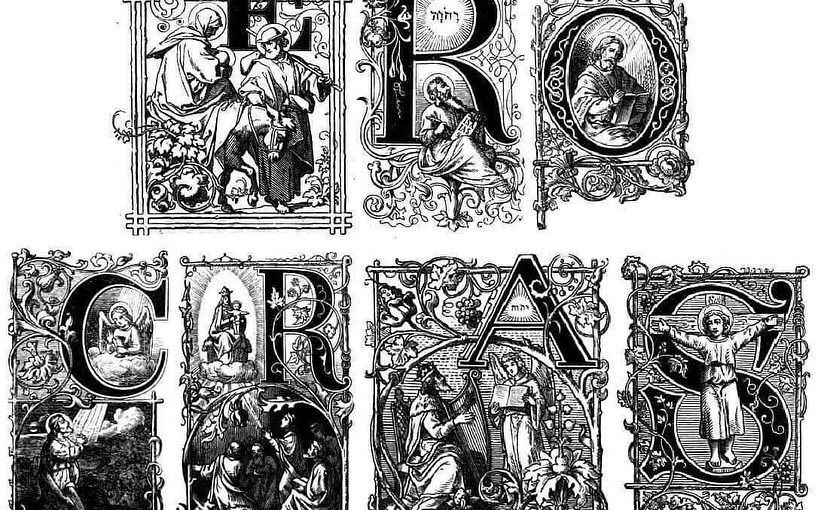

 Who are you? Where do you come from? Who are your parents? Where did they come from, and who are they related to by blood? These questions are frequently asked and explored by us. We want to know more than the superficial facts of a person’s life.
Who are you? Where do you come from? Who are your parents? Where did they come from, and who are they related to by blood? These questions are frequently asked and explored by us. We want to know more than the superficial facts of a person’s life.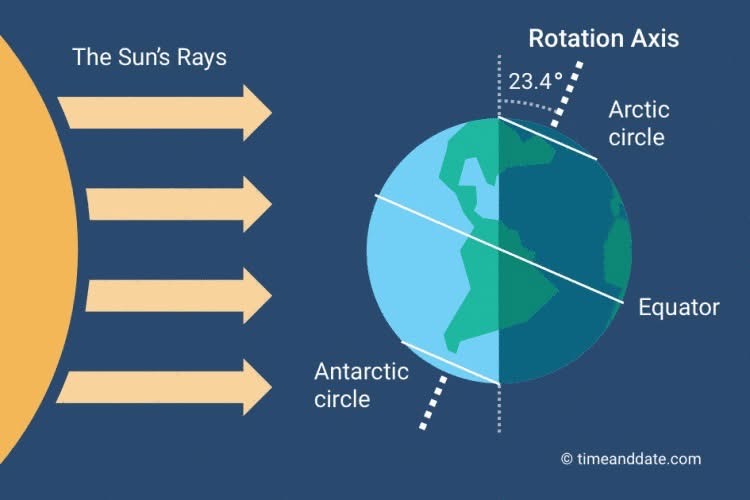

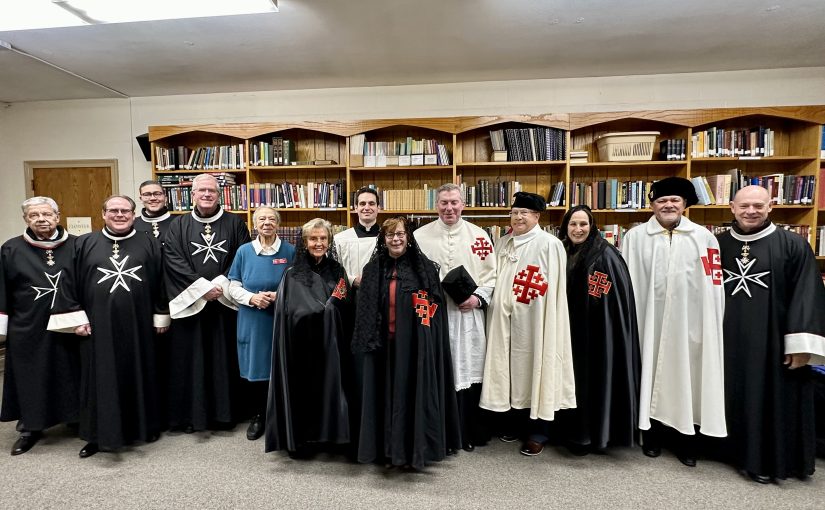
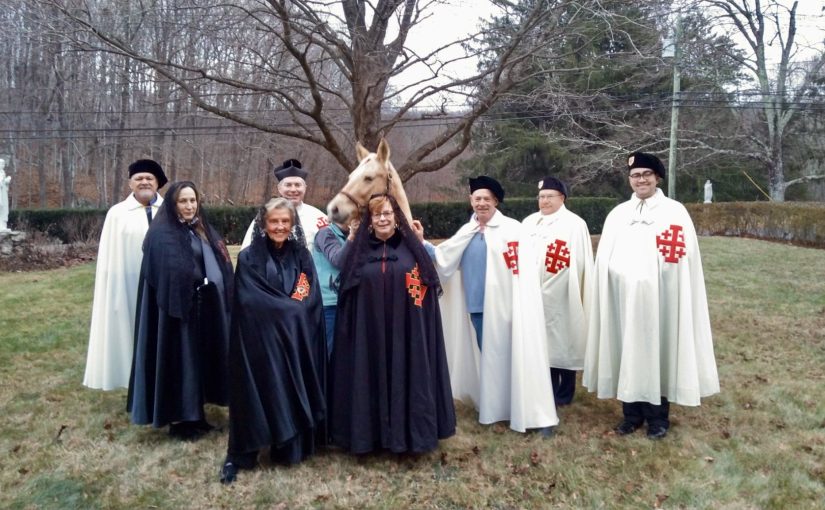
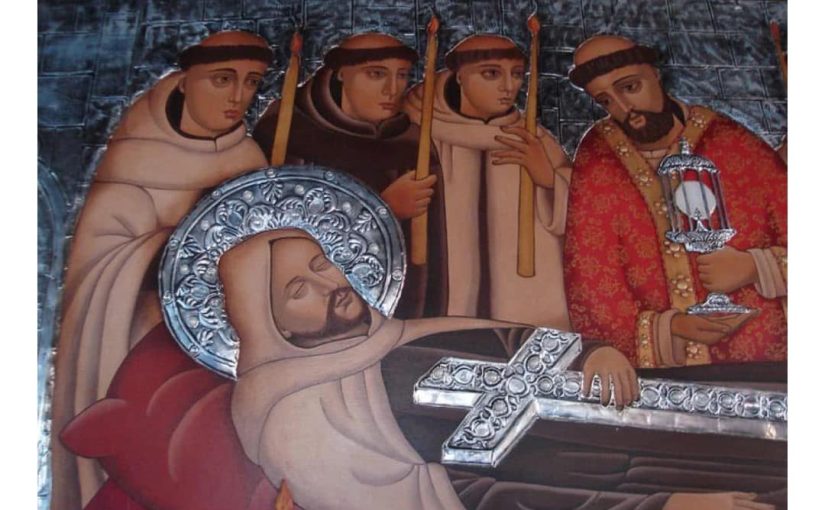
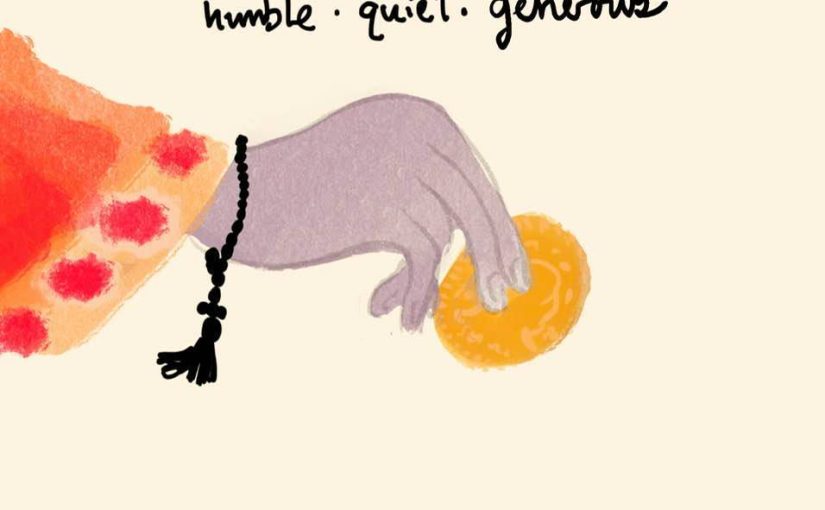
 St. Nicholas defended the Catholic faith and worked for peace and justice in his diocese, particularly worked for the good of the victims of human trafficking.
St. Nicholas defended the Catholic faith and worked for peace and justice in his diocese, particularly worked for the good of the victims of human trafficking.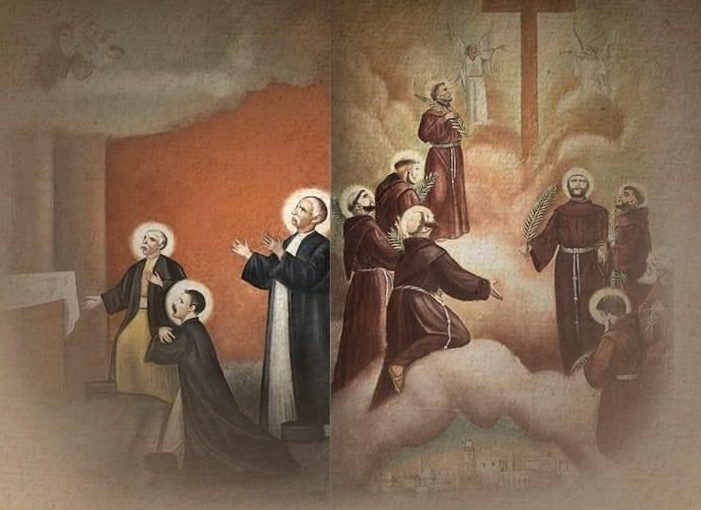
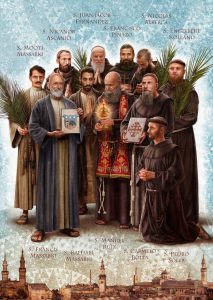 Today, the Pope canonized the Massabki Brothers, martyrs. They are called martyrs of faith and unity.
Today, the Pope canonized the Massabki Brothers, martyrs. They are called martyrs of faith and unity.